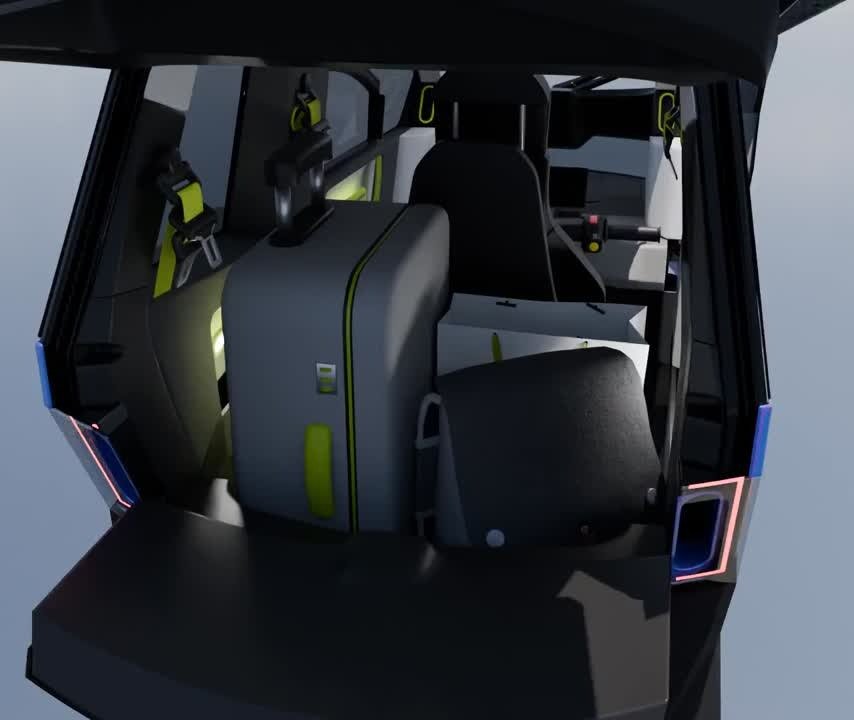AEMotion's Designers Tackle the Challenge of an Oddly-Proportioned Vehicle
In the hands of less skilled designers, the Dual could have been a visual disaster
Here's a unique new vehicle, the Dual, that I believe is based on a flawed premise. But it's worth looking at for several reasons, including the passion behind the project—French company AEMotion has spent a decade developing it—and how the designers solved a challenging aspect of the form.

The concept of the Dual is to combine the agility of a motorcycle with the safety of a car. I say the premise is flawed because while you can enclose the occupants within a fortified compartment with seatbelts, as AEMotion has done, the entire vehicle still lacks the mass of a car. And in collisions, mass counts for a lot.

That said, the physical design is fascinating, and the designers had their work cut out for them. It's difficult to make such an oddly-proportioned vehicle attractive, and the designers tackled this by visually breaking the awkwardly tall, narrow vehicle into two halves, a top and a bottom. This approach, of using color and a straight line to bisect the vehicle horizontally, goes a long way towards making it easy on the eyes. The top half has a sleek, Jetsons-esque look, while the bottom half—whose multiple angles and surfaces, required to accommodate the vehicle's unique leaning ability, is masked in black. Thus the overall effect is of a floating silver capsule.


The Dual is electric and seats two, with the passenger behind the driver. A small luggage compartment is behind the passenger seat.





At just 79cm (31.1") wide, it's made for lane-splitting.

The company has carefully thought through the Dual's use cases, and offers two battery options. One is swappable, with a modest range of 70km (43.5 miles). This is ideal for city dwellers or fleet operators seeking to minimize downtime. The second option is for a fixed battery, which boasts a 200km (124.3 mile) range. This is the better choice for those who need to travel long distances—a long-range commuter, for instance—and can afford for the vehicle to sit idle while it charges.

The vehicle tops out at 115 km/h (71.5 mph).

From a UX perspective, one compromise that I assume was made for mechanical reasons is that the compartment is not completely enclosed. The occupants' feet and ankles are exposed to the elements. Whether or not this is a problem in a downpour remains to be seen.


Pricing has not been announced, but the company is said to be considering a lease or subscription model that would likely include maintenance and support. For a new type of vehicle like this, I think that's a smart way to go; customers wouldn't have to assume the risk of a full purchase. No launch date was named at press time. The company is asking interested parties to register an e-mail address with them for notification of availability.
Here's a prototype on the road:
Enter a caption (optional)
-
oFavorite This
-
QComment
K
{Welcome
Create a Core77 Account
Already have an account? Sign In
By creating a Core77 account you confirm that you accept the Terms of Use
K
Reset Password
Please enter your email and we will send an email to reset your password.

